July 5 - 11, 2015: Issue 221
KOTOR, MONTENEGRO
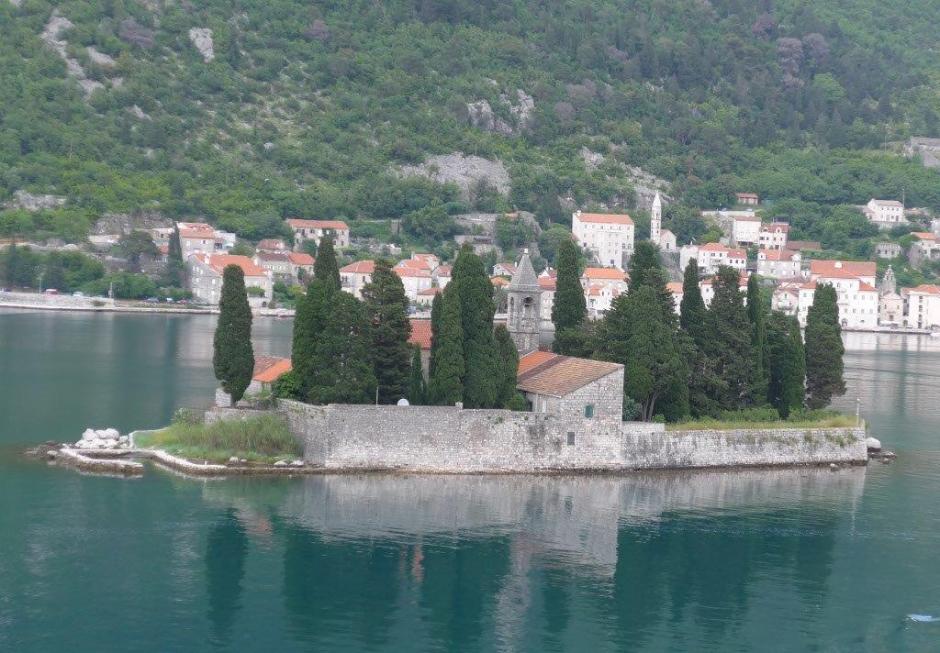
Island of Saint George - Ostrovo Sveti Dorde
KOTOR, MONTENEGRO
By George Repin
Montenegro is a small Balkan country with a coast on the Adriatic Sea to the south-west. It is bordered by Croatia to the west, Bosnia and Herzegovina to the north-west, Serbia to the north-east and Albania to the south east.
The use of the name Montenegro dates back to the 15th Century at the time of Venetian hegemony and derives from the appearance of the dark, basaltic mountains in the region. It means Black Mountain.
Over the centuries it has been occupied by many power, with records of the Romans in 9 CE. For a time it enjoyed an unique autonomy within the Ottoman Empire. On the breakup of Tito’s Jugoslavia Montenegro remained part of a smaller Federal Republic with Serbia until a referendum on 21 May, 2000, when 55.5% of the population voted for independence. On 3 June, 2000 the Montenegrin Parliament declared the independence of Montenegro, formally confirming the result of the referendum. Serbia did not object to the declaration.
According to 2011 official data the total population of Montenegro was 620,029 of whom 45.0% were Montenegrins and 28.7% Serbs.
Kotor is located in a secluded part of the Gulf of Kotor. The old port, which is in the Bay of Kotor is surrounded by fortifications built during the Venetian period. Contrary to an immediate impression the bay is not a fjord but a submerged river canyon.
Kotor has one of the best preserved medieval towns in the Adriatic and is a UNESCO world heritage site. Its ancient walls stretch for 4.5 Kms above and around the Old Town.
Kotor is still the seat of the Catholic Bishopric of Kotor, which covers the whole gulf, although the percentage of Catholics has fallen considerably during the past century. In 2011 78% of citizens of Kotor were Othrodox Christians and 13% Roman Catholic.
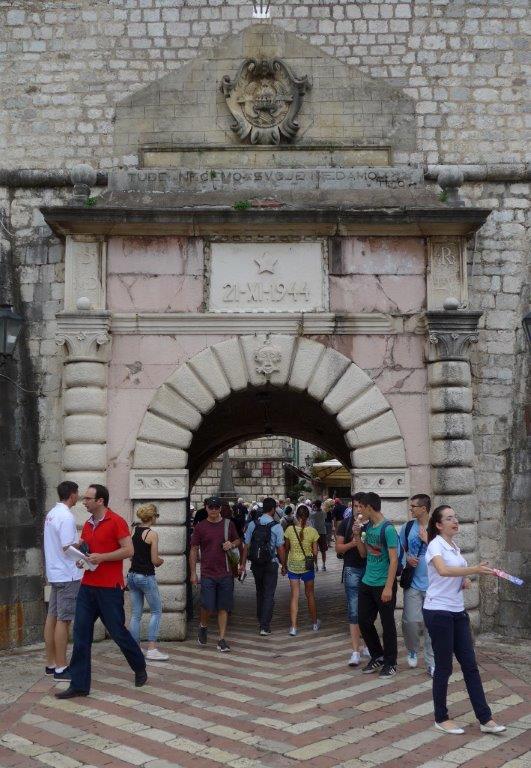
The Maritime Gate - the entrance to the Old Town of Kotor
Two interesting islets are features of the Bay of Kotor
• Sveti Dorde (Island of Saint George) with a Benedictine monastery from the 12th Century and the graveyard for the old nobility in the area.
• Gospa od Škrpjels (Our Lady of the Rocks) – an artificial island of rocks and old and seized ships loaded with rocks. According to legend the islet was made over the centuries by local seamen, keeping an ancient oath, laying a rock in the Bay upon returning from each successful voyage. The custom of throwing rocks into the sea continues today, when the locals take to their boats at sunset on July 22 every year and throw rocks into the sea, widening the islet.
A road with twenty-five sharp hairpin bends goes up the mountain overlooking Kotor to Cerinje a farming area on the plateau above, providing spectacular views on the way up. It was built by the Austrians from 1879 to 1884.
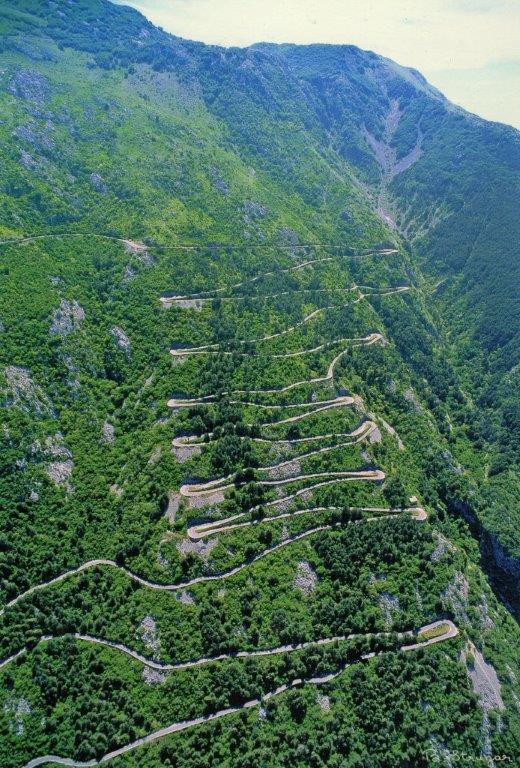
The zig zag road from Kotor to Cetinje
Above the Sea Gate, the entrance to the Old Town, is an inscription:
What belongs to others we don’t want, what is ours we will never surrender
Four centuries of Venetian domination gave Kotor the typical Venetian architecture which contributed to its listing as a UNESCO World Heritage site.
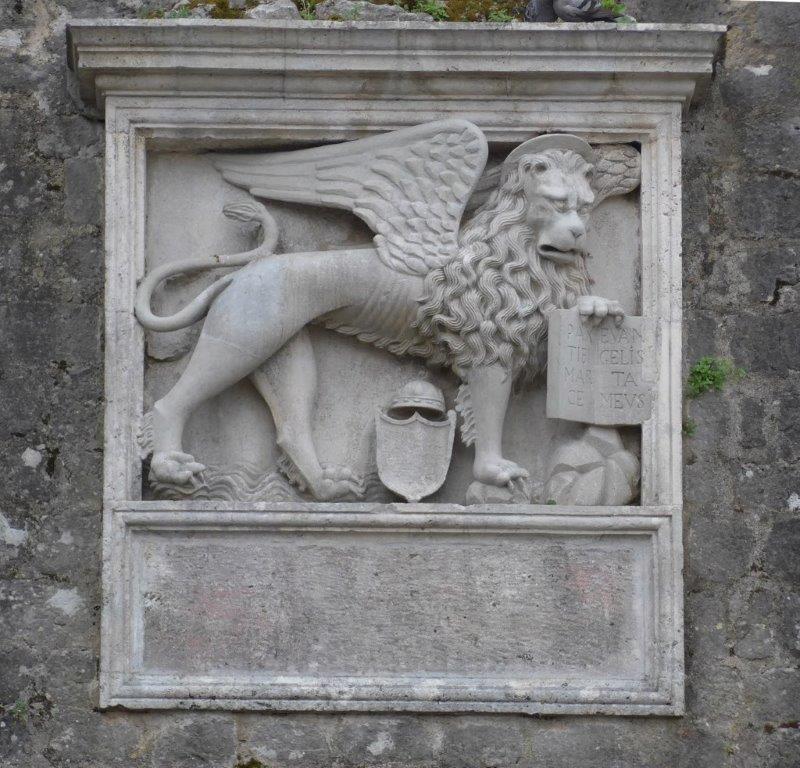
The Lion of Venice on the town wall - the symbol left by the Venetians on their buildings
Hopefully the accompanying photographs do justice to some of the features of Kotor.
Photographs by George Repin in May, 2014
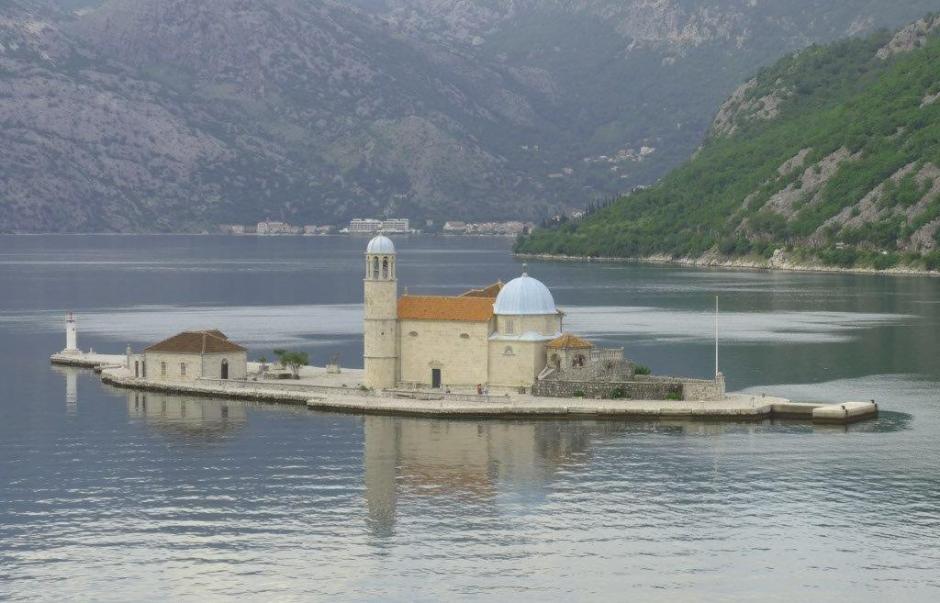
Our Lady of the Rocks - Gospa od Skrpjela
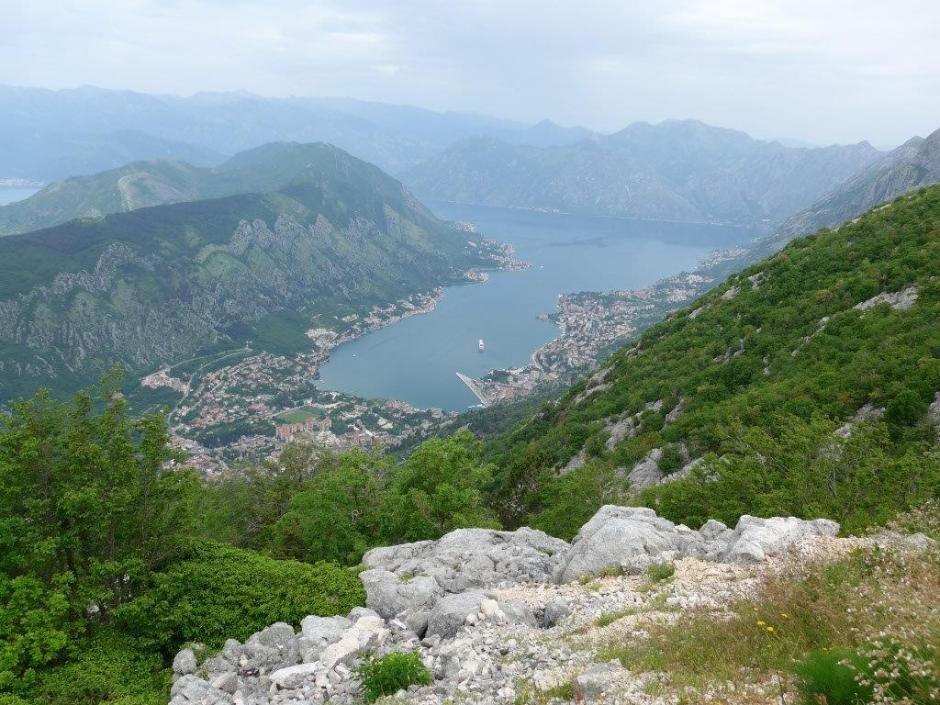
View to the Bay of Kotor from a stop on the zig zag
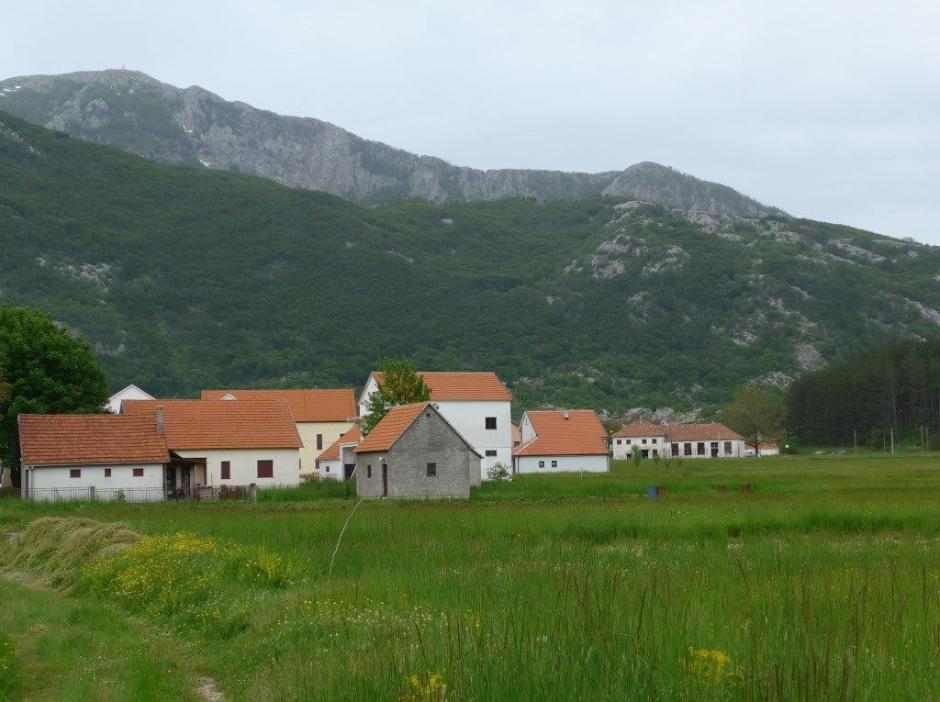
Farming land and buildings at Cetinje
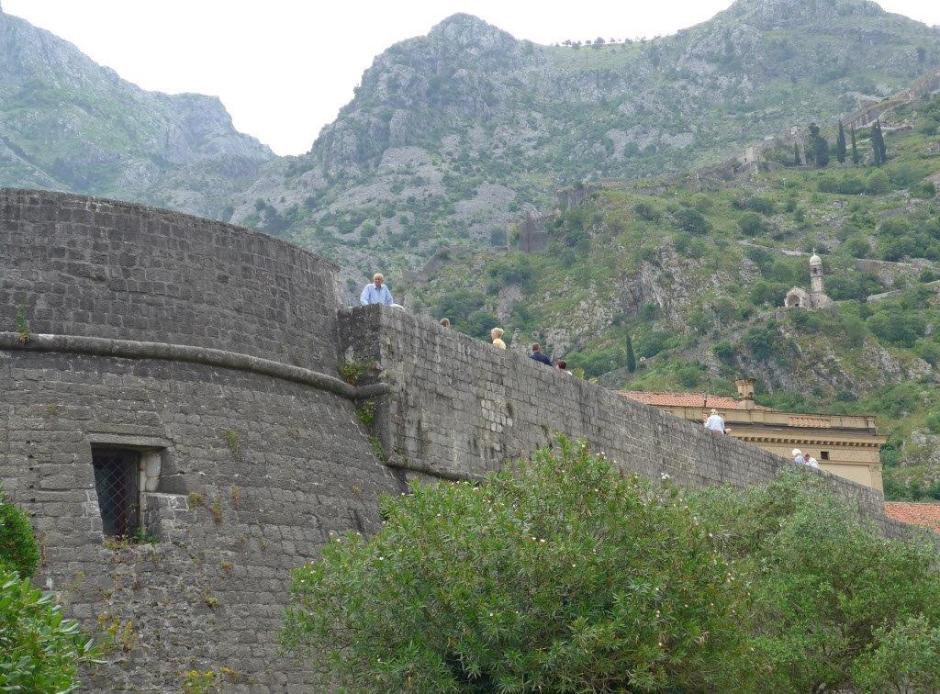
Bastion and part of the Venetian town wall
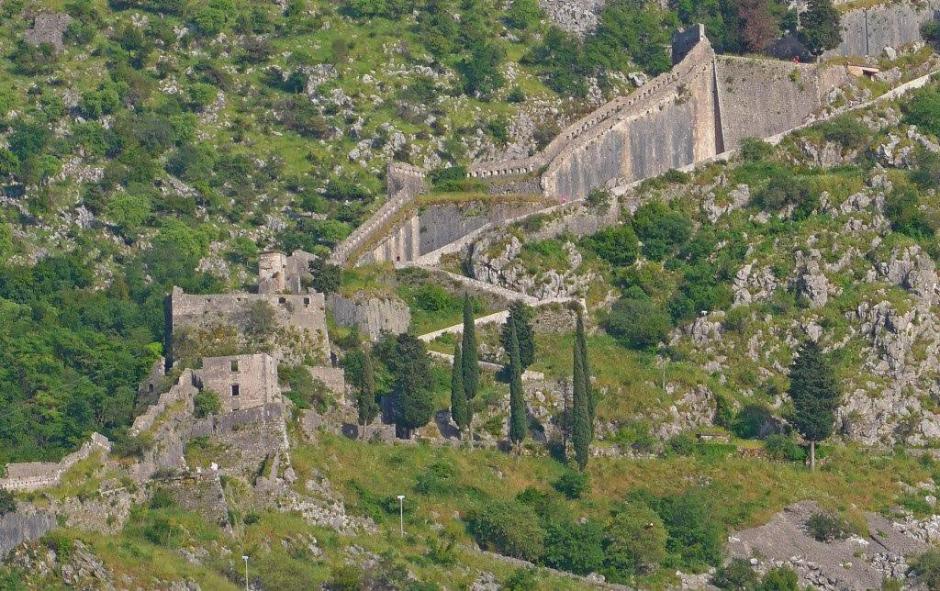
Venetian wall above the Old Town
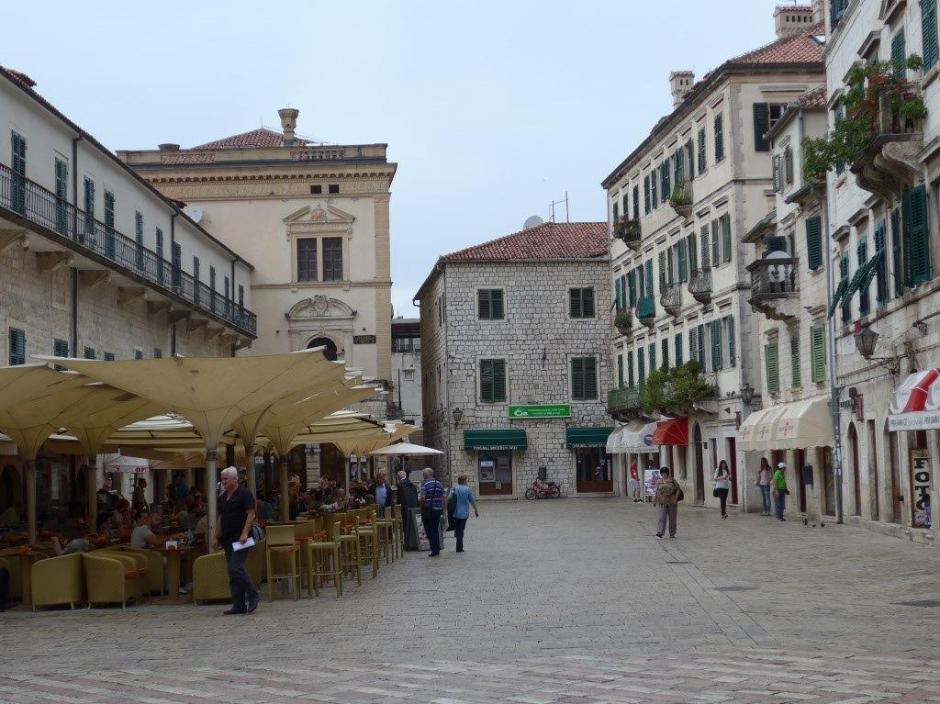
The Town Square with the Duke's (Providur's) Palace - XVIIC and XVIIIC. - on the left
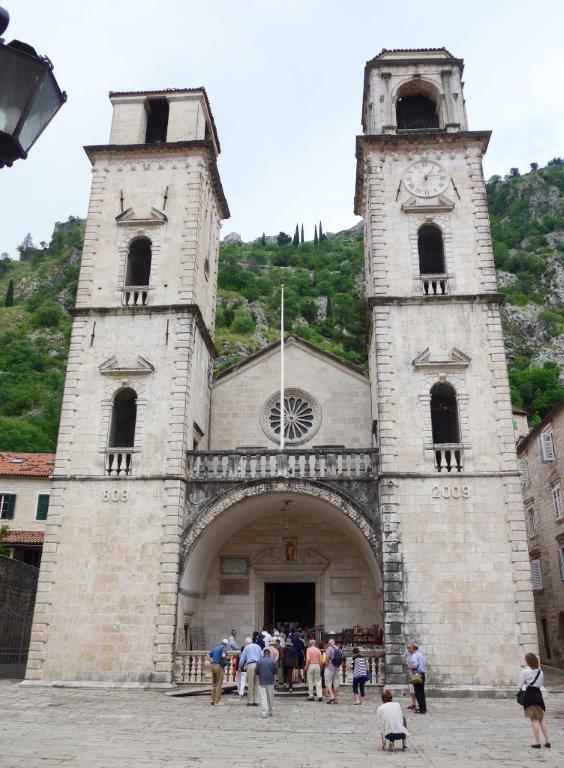
Cathedral of Saint Tryphon (1166)
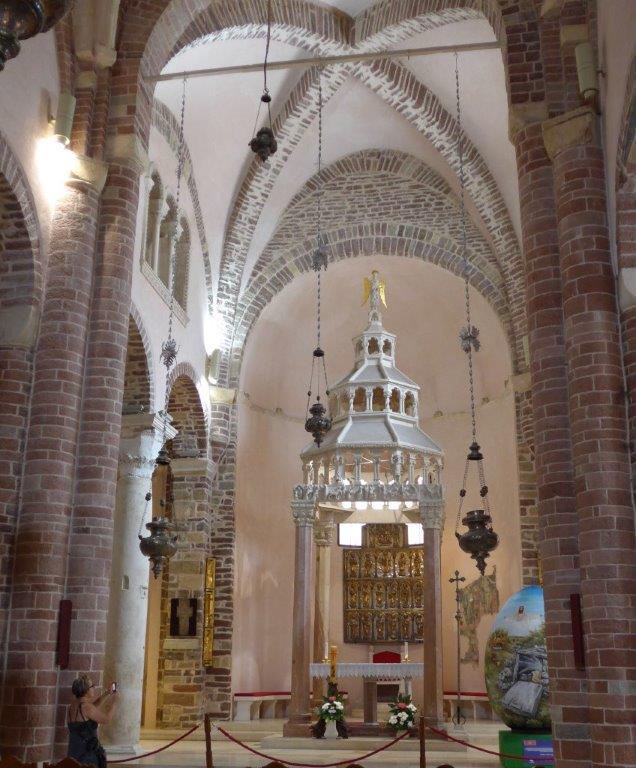
Interior of Cathedral of Saint Tryphon
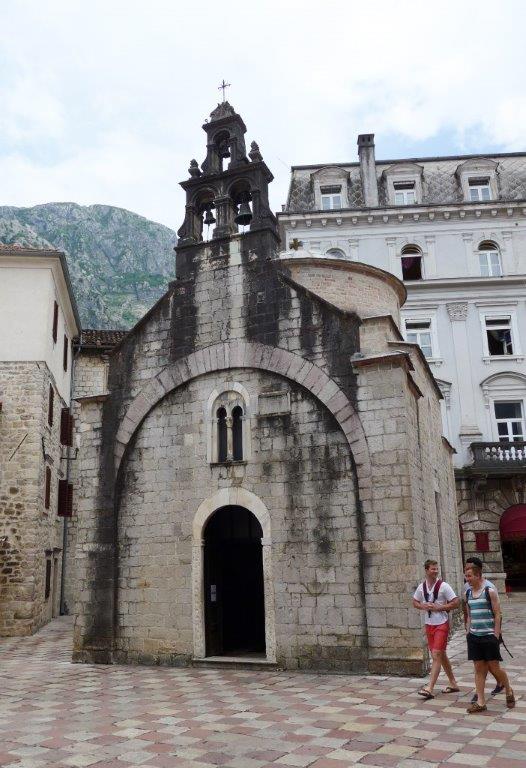
Old Church of Saint Tryphon IXC
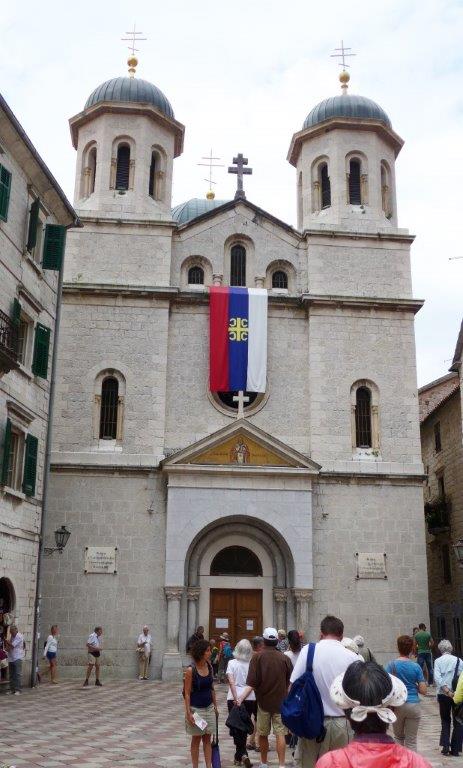
Serbian Orthodox Church of Saint Nicholas 1909
Previous Reflections by George Repin
The Nineteen Thirties Remembering Rowe Street The Sydney Push Saturday Night at the Movies Shooting Through Like A Bondi Tram A Stop On The Road To Canberra City Department Stores - Gone and Mostly Forgotten An Australian Icon - thanks to Billy Hughes Crossing The Pacific in the 1930s Hill End The Paragon at Katoomba Seafood In Sydney How Far From Sydney? Cockatoo Island Over The Years The Seagull at the Melbourne Festival in 1991 Busby's Bore The Trocadero In Sydney Cahill's restaurants Medical Pioneers in Australian Wine Making Pedal Power and the Royal Flying Doctor Service Pambula and the Charles Darwin Connection Gloucester and the Barrington Tops A Millenium Apart Have You Stopped to Look? Gulgong Il Porcellino Olympia Durham Hall Sargent's Tea Rooms Pie Shops and Street Photographers The Ballet Russes and Their Friends in Australia Hotels at Bondi Alma Ata Conference - 1978 Keukenhof - 1954 The Lands Department Building and Yellowblock Sandstone The Goroka Show - 1958 A Gem On The Quay Staffa The Matson Line and Keepsake Menus Kokeshi Dolls The Coal Mine At Balmain The Hyde Park Barracks The Changing Faces Of Sydney From Pounds and Pence to Dollars and Cents Nell Tritton and Alexander Kerensky Making A Difference In Ethiopia William Balmain J C Bendrodt and Princes Restaurant Azzalin Orlando Romano and Romano's Restaurant Waldheim Alcohol in Restaurants Before 1955 King Island Kelp The Mercury Theatre Around Angkor - 1963 Angkor Wat 1963 Costumes From the Ballets Russe Clifton at Kirribilli Chairman Mao's Personal Physician The Toby Tavern The MoKa at Kings Cross The Oceaographic Museum in Monaco The Island of Elba Russian Fairy Tale Plates Meteora Souda Bay War Cemetery Barrow, Alaska Cloisonné Tripitaka Koreana Minshuku The Third Man Photographs and Memories Not A Chagall! Did You Listen? Did You Ask? Napier (Ahuriri, Maori) New Zealand Borobudur Ggantija Temples Plumes and Pearlshells Murano University of Padua Ancient Puebloe Peoples - The Anasazi Pula The Gondolas of Venice Cinque Terre Visiting the Iban David The Living Desert Bryce Canyon National Park Aphrodisias The Divine Comedy Caodaism Sapa and local Hill People A Few Children Cappadocia Symi Jean-Marie Tjibaou Cultural Centre Aboriginal Rock Art on Bigge Island ANZAC Cove (Ari Burnu) 25 April, 1997 Hotere Garden Oputae Children of the Trobriand Islands Page Park Market - Rabaul Rabual
Copyright George Repin 2015. All Rights Reserved.